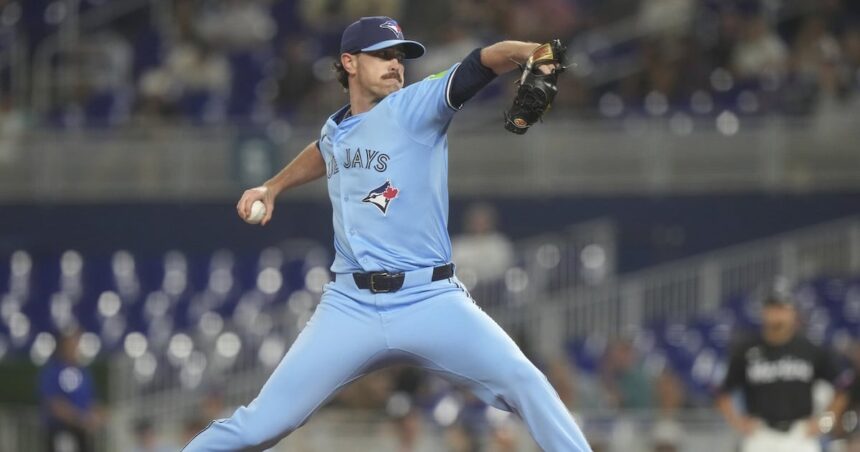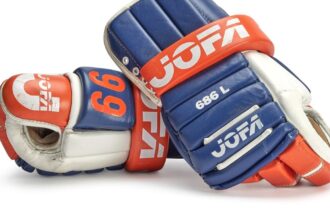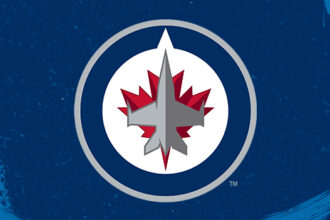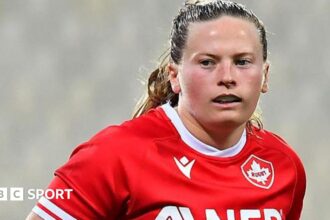The air at Rogers Centre last night carried that distinct electricity only found when possibility collides with performance. After 18 months of rehabilitation following Tommy John surgery, Shane Bieber finally took the mound in Blue Jays blue—and the wait proved emphatically worth it.
Bieber, the former Cleveland ace and 2020 Cy Young winner, dismantled the Detroit Tigers with surgical precision through six masterful innings. His final line—seven strikeouts, zero walks, and just four scattered hits—barely captures the artistry on display. The 30-year-old right-hander touched 94 mph with his fastball, but it was his trademark breaking balls that left batters looking bewildered, generating 16 swings and misses on just 82 pitches.
“Everything felt synchronized today,” Bieber told reporters afterward, his typically measured tone betraying subtle relief. “The arm responded exactly how we hoped. After all those lonely mornings in rehab facilities, standing on that mound felt like coming home.”
The significance of Bieber’s performance extends far beyond one August victory. Toronto’s front office made waves last winter by signing the recovering pitcher to a three-year, $63 million deal that many analysts considered the ultimate high-risk, high-reward gamble. Such investments in pitchers recovering from elbow reconstruction have historically produced mixed results, but Bieber’s debut offered compelling evidence that Toronto’s baseball operations department might have identified the rare exception.
What made Bieber’s performance particularly noteworthy wasn’t just effectiveness but efficiency. He worked quickly, attacked the strike zone relentlessly, and demonstrated the elite command that defined his pre-injury career. Of his 82 pitches, an impressive 63 found the strike zone—the kind of strike percentage that allows managers to sleep peacefully between starts.
“That’s the Bieber we pursued,” Blue Jays manager John Schneider said. “His preparation is meticulous, almost scholarly. You can see how he sequences pitches to tell a story across nine innings. That’s not something you can teach—it’s instinct refined by experience.”
For Toronto fans who have weathered a turbulent season hovering around .500, Bieber’s emergence provides a tangible reason for optimism beyond this campaign. Paired with Alek Manoah, whose own comeback story has been one of baseball’s more uplifting narratives this season, Toronto suddenly possesses the makings of a formidable rotation heading into 2026.
The crowd of 32,459 seemed to recognize the moment’s significance, offering Bieber a standing ovation as he walked off after the sixth inning. The pitcher acknowledged the reception with a subtle tip of his cap—characteristic restraint from an athlete whose cerebral approach has always contrasted with more demonstrative contemporaries.
Catcher Alejandro Kirk, who has developed a reputation for helping pitchers maximize their arsenals, spoke glowingly about their in-game communication. “Shane has such clarity about what he wants to do with each pitch,” Kirk explained. “My job becomes helping him execute rather than guiding strategy. That’s rare for any pitcher, let alone someone returning from major surgery.”
Beyond the immediate impact on Toronto’s playoff aspirations, which remain mathematically alive if realistically challenging, Bieber’s successful return represents a medical achievement worth acknowledging. Tommy John surgery, while increasingly common, still represents a significant crossroads in any pitcher’s career. The rehabilitation process tests mental resilience as much as physical healing, requiring thousands of carefully monitored throws before facing a single major league hitter.
Sports medicine has advanced dramatically since the procedure’s namesake first underwent the experimental surgery in 1974, but the psychological hurdle of trusting a reconstructed elbow remains as daunting as ever. Bieber’s ability to immediately command his breaking pitches—the throws that place the most stress on the elbow—suggests both exceptional medical care and his own unwavering commitment to the recovery protocol.
As Toronto looks toward September, Bieber’s presence transforms the conversation around the club’s future. What once appeared to be a team potentially facing difficult retooling decisions now possesses a potential cornerstone to build around. In baseball’s contemporary landscape, where pitching scarcity drives market values ever higher, having an ace under contract becomes currency more valuable than almost any other roster asset.
Will Bieber’s triumphant return become the prologue to Toronto’s next championship chapter, or merely a bright moment in a transitional period? The answer lies somewhere in the future, but for one perfect August evening, Blue Jays fans were treated to something increasingly rare in modern sports—the simple joy of watching exceptional talent performing at its highest level, with all the promise that entails.










